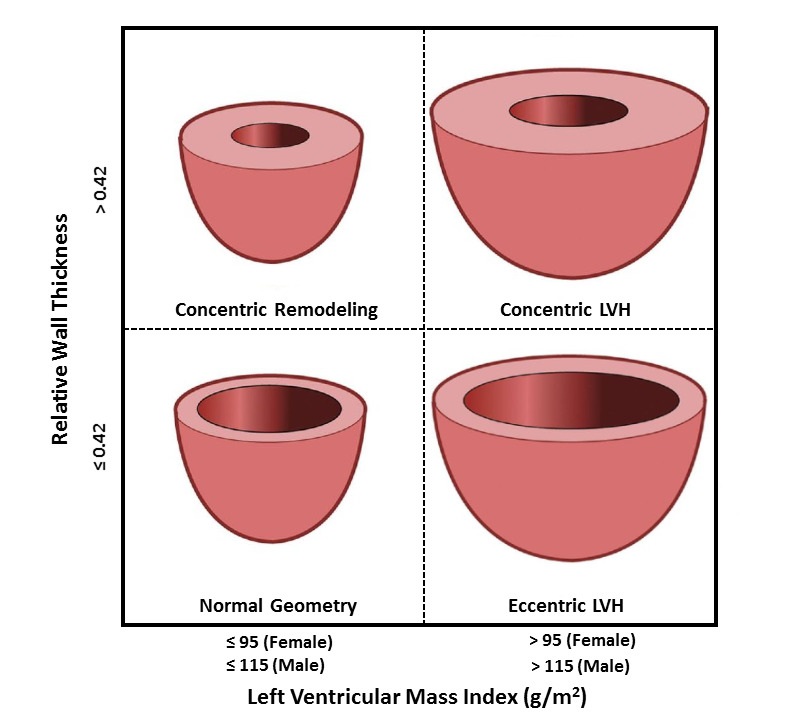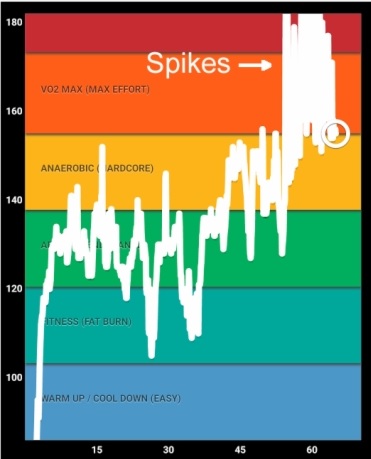We covered this same topic in a podcast, so if you don’t feel like reading about cardio vs. conditioning, take a listen here or here. If you’re still with us, great! Let’s talk about cardio. There’s a running joke amongst lifters that anything above 5 reps is cardio. Is there any truth to this?
The short answer: NO! Just because something elevates your heart rate doesn’t make it cardio. If it did, then having a panic attack or drinking too much caffeine would get us in cardiovascular shape. Sadly, this isn’t the case. For something to count as cardio, we need to measure cardiac output, AKA the work performed by the heart. We measure this using oxygen demand, which is unique to the activity. Oxygen demand is also known as VO2. The VO2max, then, is a measure of your aerobic fitness. It’s the maximum amount of oxygen you’re able to consume and deliver to your muscles. Again, VO2max is activity dependent – you will have different maxes for running, rowing, biking, etc.
What is cardio, then? It is exercise specifically designed to improve your cardiac output. In order to induce any cardiovascular adaptation, we need to work at relatively high percentages of our VO2 maxes. Working between 60-70% of your VO2max is considered steady-state, or Zone 2 cardio. Why steady state? Because we can maintain this level of intensity for long periods of time. This low intensity exercise is best used to improve the volume of your left ventricle – the chamber of the heart responsible for pumping blood to your body. We can induce eccentric ventricular hypertrophy with a minimum dose of 30 minutes spent in the 60-70% range. (Important aside – eccentric in this case means improving volume. Concentric ventricular hypertrophy, on the other hand, means thickening the walls, resulting in less blood volume. This is a major health concern. Eccentric = good. Concentric = bad).

When we progress beyond the Zone 2 range to the 90+% range, we enter the high intensity anaerobic zone. This cannot be sustained for long, but it helps improve the contractile power of our hearts. So, low intensity improves volume, high intensity improves power.
Does this mean that spiking our heart rates means we’re working in the high intensity range? Not necessarily. The key is VO2, not heart rate. And, while heart rates are a good proxy for VO2 when we perform cyclical movements like running, rowing, and biking, when we add in muscular fatigue or high resistance training, the relationship between heart rate and VO2 is no longer linear. When we bear heavy loads, our blood vessels are constricted. Our heart rate spikes to force blood through our vessels to try to re-expand them. This is why your heart rate spikes after a heavy set of 5 back squats. Our heart rates in this case may approach the 90% range, but our VO2 will not elevate. Therefore, it’s not cardio.

In the case of metcons that involve a mix of different movements, both resistance based and cyclical, it IS possible to spike our heart rates AND elevate our VO2 to the point that it counts as cardio. However, as we improve in our fitness journeys, we become more efficient in our movements. When this happens, it’s more likely that our heart rates will spike without VO2 increasing. To prevent this, it’s important to include cyclical movements in addition to resistance based movements.
Long story short, elevating your heart rate doesn’t necessarily correspond to cardio, especially where resistance based movements are concerned. When we perform weight based movements, heart rate monitors are useless for determining the cardiovascular benefit of the workout. They are helpful for determining how efficient we are. The more efficient we are, the less our heart rates will spike. Bottom line – whether or not “it counts as cardio” is dependent on our oxygen uptake – our VO2. It’s difficult to measure this outside of a laboratory setting, so a balanced program needs to have a mix of movements, higher intensity efforts, and steady state cardio (see also, Viking Athletics😁). Hopefully this clears things up. See you in the gym.
